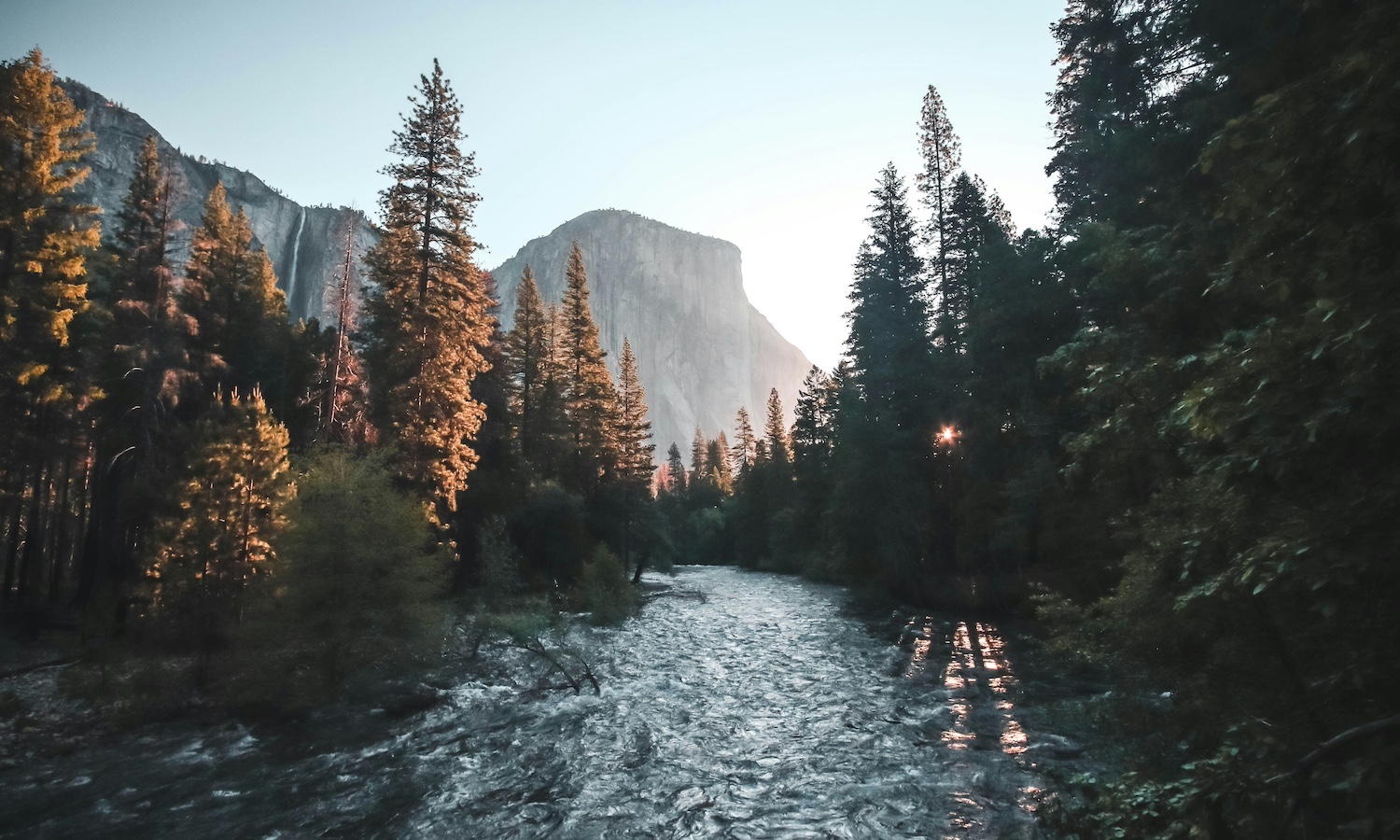In a recent report, researchers from six organizations, including the World Wildlife Fund (WWF), find that the Living Planet Index (LPI) of migratory freshwater fish has declined 81 percent globally over the last 50 years.
LPI refers to the measurement of biodiversity based on population trends of different animal species using data sourced from the Living Planet Database. The report analyzes trends of 1,864 populations of 284 native migratory freshwater fish species, such as the sockeye salmon, brown trout, and flat-whiskered catfish.
“Migratory fish play essential ecological roles, and their declines impact Indigenous cultures, natural heritage, and vulnerable populations’ livelihoods and nutrition,” says the report.
Rivers directly support approximately one-third of global food supplies, making the protection of fish populations critically important in ensuring food security for people around the world.
“The inspiration for this research was the celebration of World Fish Migration Day,” Michele Thieme, the Deputy Director of Freshwater for WWF-US and co-author, tells Food Tank. “Several organizations were thinking ahead and agreed that we should update the [LPI] for freshwater migratory fish to understand what the trajectory for these species currently is.”
Migratory fish are disproportionately threatened compared to non-migratory fish because of decreased free-flowing rivers and blockages of migration routes. The study finds that 65 percent of migratory freshwater fish species have decreased on average, with declines being most pronounced in Europe, Latin America, and the Caribbean.
Habitat degradation and loss posing the greatest threat to migratory fish. But the report finds that habitat management, which focuses on preserving the physical environment of an ecosystem, accounts for only nine percent of the analyzed conservation strategies. Fishing management was instead a more common conservation strategy, examples of which include: the creation of zones where all fishing is prohibited and increased regulation of protected fish species.
The study confirms that some species of freshwater migratory fish continue to experience population increases but struggles to identify the exact causes for this growth. Still, researchers emphasize that managed species, which are actively monitored and conserved, remain more stable than unmanaged ones.
“River connectivity, the location of remaining free-flowing rivers and swim ways for migratory fish should be part of the equation in planning for new infrastructure,” says Thieme. She argues that decision makers should avoid developing infrastructure in locations that put the health of people or freshwater ecosystems at risk. She encourages planning that offers alternative options for energy development, like solar and wind, or locations that would have less impacts, like rivers that already contain dams.
Thieme acknowledges that monitoring and supporting the transnational migration of freshwater fish can be challenging due to conflicting policies of different countries. This challenge is compounded by the negative impacts of dam building, pollution, and overfishing that extend beyond borders. But “in locations where dams or levees are blocking migrations, there is also the opportunity to consider removal and restoration of river and floodplain connectivity,” says Thieme.
Partnerships between diverse local actors have shown to be effective at conserving freshwater fish and their ecosystems in the past, explains Thieme. Around the Great Lakes in Canada and the United States, for example, communities are working with industry partners to reconnect 100 miles of river passages, restore thousands of acres of wetland habitat and coordinate fishery management policies.
Thieme urges policymakers to accelerate efforts to protect and restore free-flowing rivers through improved resource management, investment in sustainable renewable alternatives to hydropower dams, strengthened monitoring efforts, expanded international cooperation, and greater promotion of public and political engagement.
“Ultimately, all of us live in a watershed and our actions can both have positive and negative impacts on the local waterways where we live,” Thieme explains. “It is in our and future generations’ best interest to be advocates for the health of our rivers, lakes, and streams.”
Articles like the one you just read are made possible through the generosity of Food Tank members. Can we please count on you to be part of our growing movement? Become a member today by clicking here.
Photo courtesy of Jeremy Bishop, Unsplash











